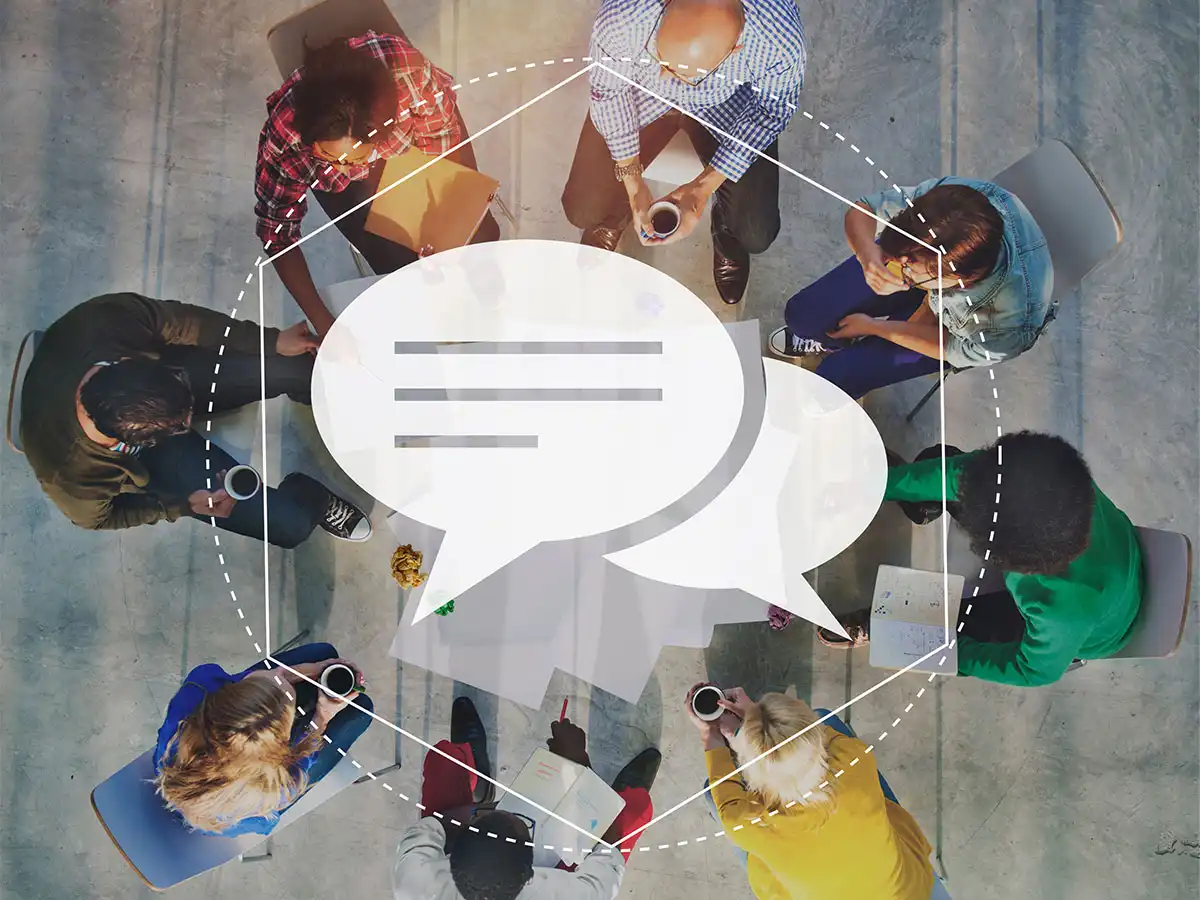Employee benefits are one of the largest investments organizations make in their workforce. Yet, too often, employees underutilize or misunderstand their benefits because communication strategies don’t resonate with today’s diverse, dispersed workforce. With employees spanning four to five generations and many working off-site, employers must adopt creative, flexible, and personalized approaches to benefits communication.
Why Do Employees Struggle to Understand Their Benefits?
- Information Overload: Employees are flooded with HR updates, compliance notices, and benefit details during open enrollment, and after that it’s commonly out of sight, out of mind.
- Generational Diversity: A 23-year-old early-career employee may value student loan repayment programs, while a 60-year-old may focus on retirement planning. One-size-fits-all messaging simply doesn’t land.
- Remote and Hybrid Work: In-person meetings and breakroom posters reach fewer people in a world where employees are scattered across home offices, client sites, or traveling.
What Are the Best Strategies for Multi-Generational Benefits Engagement?
- How Can Employers Personalize Benefits Communication for Different Life Stages?
Instead of generic benefit guides, segment communications by age or life stage:
- Gen Z and Millennials: Highlight mental health resources, student loan support, and digital convenience.
- Gen X: Emphasize family benefits, healthcare cost transparency, and college savings plans.
- Boomers and Beyond: Showcase retirement readiness, Medicare guidance, and health plan stability.
Interactive decision-support tools can help employees prioritize the benefits most relevant to them.
- Why Does Storytelling Work Better Than Data When Communicating Benefits?
Instead of listing plan features, share real-life stories of how employees used benefits, such as accessing telemedicine at midnight for a sick child or saving thousands through preventive care. Storytelling humanizes the programs and makes benefits feel tangible.
- What Are the Most Effective Channels for Communicating Employee Benefits?
A mix of formats ensures employees can access information in their preferred way:
- Digital-first: Short videos, infographics, and mobile apps.
- Traditional: Printed guides or mailed postcards for those less tech-oriented.
- Interactive: Webinars or live Q and A sessions that allow real-time engagement.
- Can Gamification Make Employee Benefits Education More Engaging?
Turn open enrollment and year-round benefits education into an engaging experience. Use quizzes, contests, or “choose your own adventure” learning modules to boost participation and retention of information.
How Can Employers Reach and Engage Remote or Hybrid Employees About Their Benefits?
- Mobile-Friendly Everything
With employees away from the office, communication must be accessible on smartphones and tablets. Mobile-first portals, text reminders, and app notifications meet employees where they are.
- Virtual Office Hours
HR teams can host regular video drop-in sessions, making benefits counselors accessible without requiring a physical office presence.
- Peer Ambassadors
Recruit benefits “champions” across departments and geographies who can spread awareness and encourage coworkers to use available resources.
- Proactively deliver, don’t wait for requests
Employees working off-site may not seek out benefits information proactively. Proactive nudges, whether via email drip campaigns, calendar reminders, or text alerts, ensure benefits remain top of mind throughout the year, not just at open enrollment.
How Can Employers Measure the Success of Their Benefits Communication Strategy?
The best benefits communication strategies also track success. Employers can measure engagement through:
- Open rates and click-throughs on digital materials.
- Attendance at webinars or Q and A sessions.
- Utilization rates of wellness, mental health, or financial planning programs.
- Employee feedback surveys to refine communications year over year.
What’s the Future of Employee Benefits Communication?
In today’s evolving workplace, employee benefits are more than just a retention tool. They are a lifeline that supports well-being, financial security, and engagement. But the investment only pays off if employees understand and value what’s available to them. By tailoring communication to generational needs, using creative formats, and reaching off-site workers with intention, employers can maximize the return on their benefits plans and, more importantly, build a healthier, more connected workforce.





